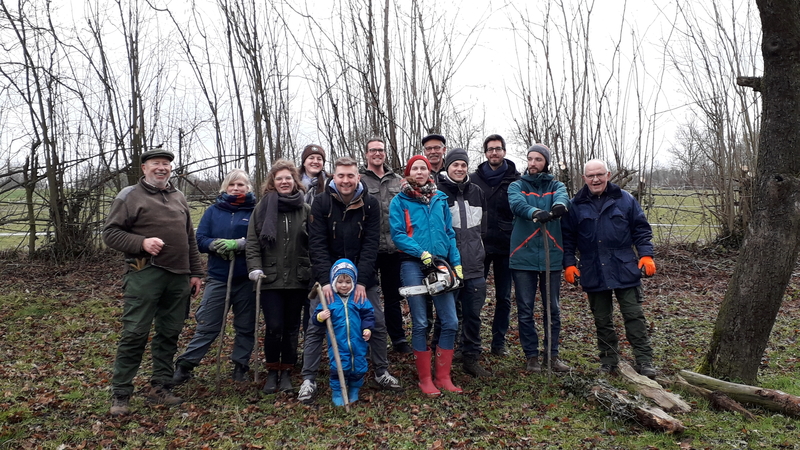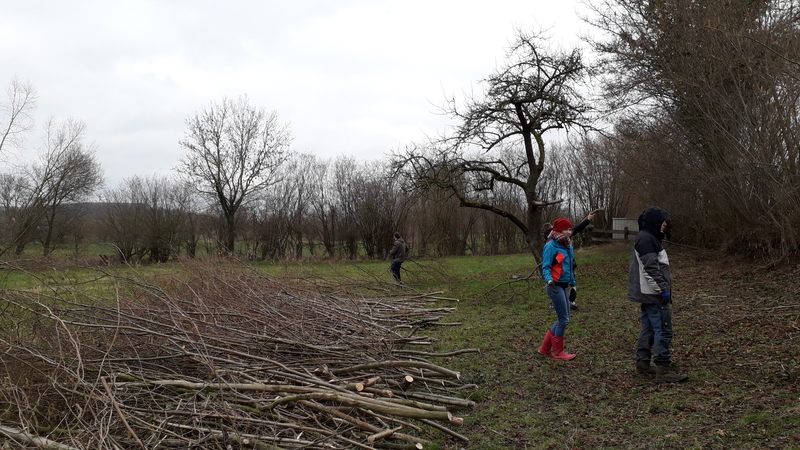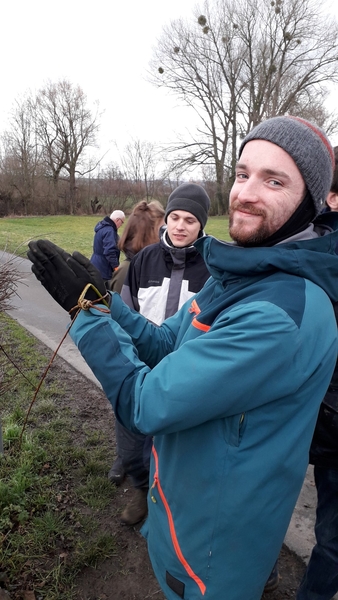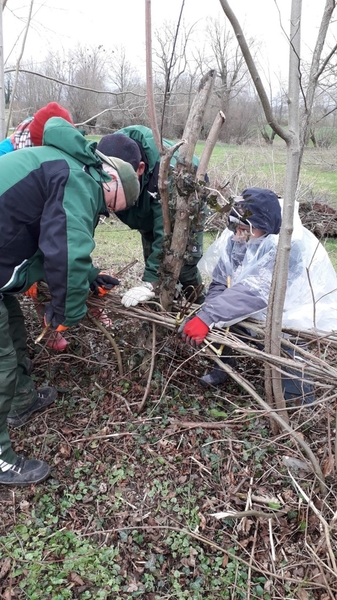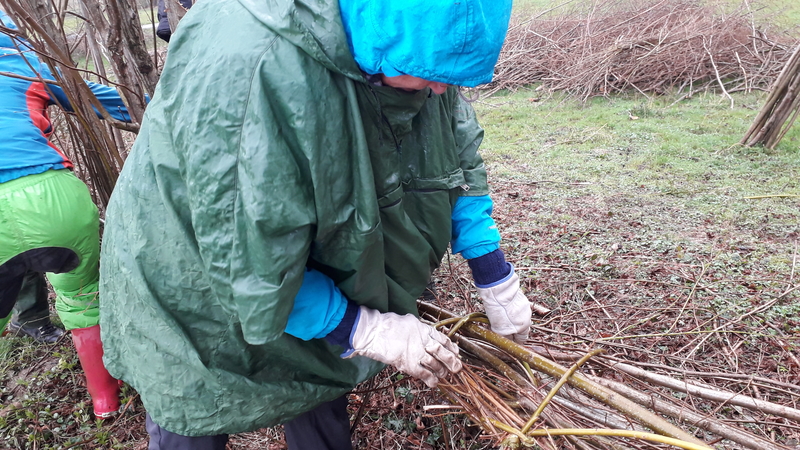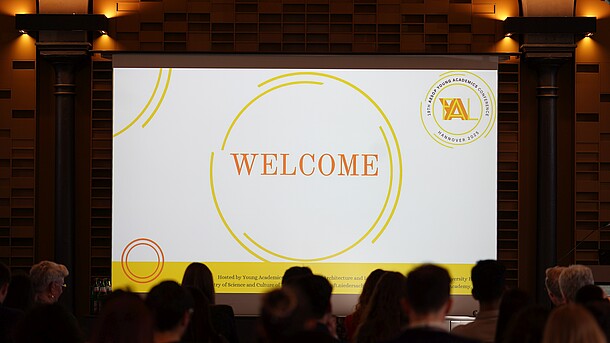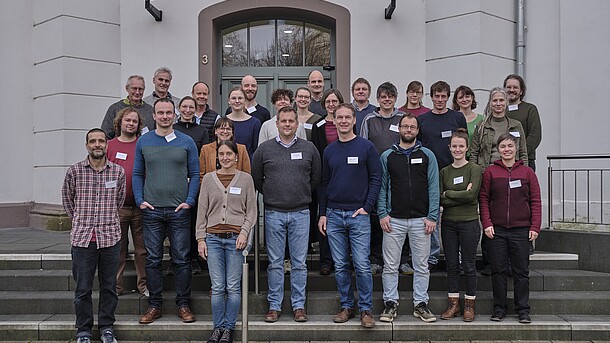Wattle hedges are a special cultural-historical form of field enclosure. The weaving of hedges using natural materials was once widespread in Europe. In the Nieheim area in East Westphalia, the technique has been preserved to this day.
In spring 2020, students of landscape architecture and environmental planning learned how this cultural heritage is maintained and continued with the active support of local stakeholders from the Nieheim working group (Arbeitskreis „Flechthecken“): In February and March 2020, the group travelled twice to Nieheim with Dr Roswitha Kirsch-Stracke to thin out the hazel hedges and practise weaving.
For the maintenance of the braided hedges, it is above all necessary to master the technique of knotting. Young willow rods are used for this. First, the wood that is too thick and too dense is cut out of the hazels. Some stronger sticks remain, are sawn off at breast height and serve as posts for three horizontal layers into which the remaining branches, about the thickness of a broomstick, are bent. The aim is to achieve hedges that are as narrow and uniform as possible, with a height of about 1.50 metres. After about seven years, they are re-braided and any failures are repaired in the process.
The planting and maintenance of wattle hedges was included in the Federal Register of Intangible Cultural Heritage in 2018 (Bundesweite Verzeichnis Immaterielles Kulturerbe ). The UNESCO General Conference adopted the Convention for the Safeguarding of the Intangible Cultural Heritage in 2003. It entered into force in spring 2006 after ratification by 30 states. Germany, now one of 178 States Parties, acceded to the Convention in 2013. Under the motto "Know. Know. Passing on", Germany is implementing the Convention with various activities. The aim is to preserve, maintain and promote the diversity of the living cultural heritage.
The Haubergs economy in the Siegerland and neighbouring regions, the inner-city acquisitive horticulture in Bamberg and the traditional dried fruit production in the Steigerwald are also on the nationwide list of intangible cultural heritage.
Ulrich Pieper zeigt, wie die Hecke geflochten wird. (Video) (Ulrich Pieper shows how to weave the hedge.)



